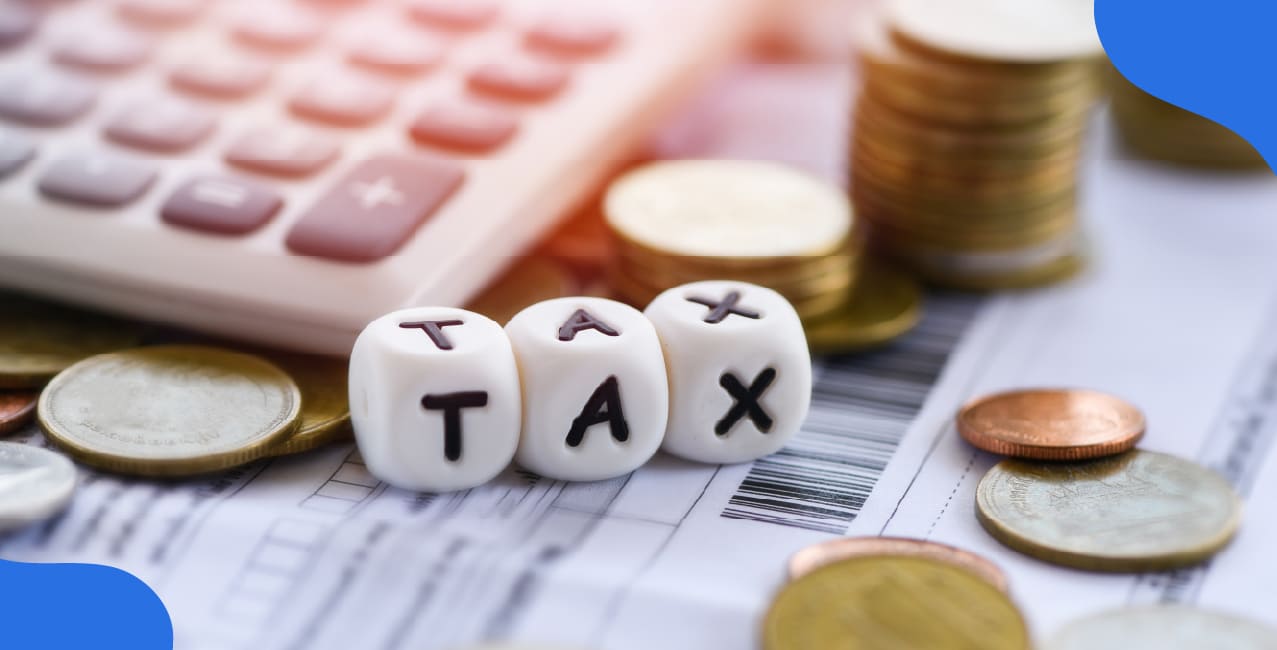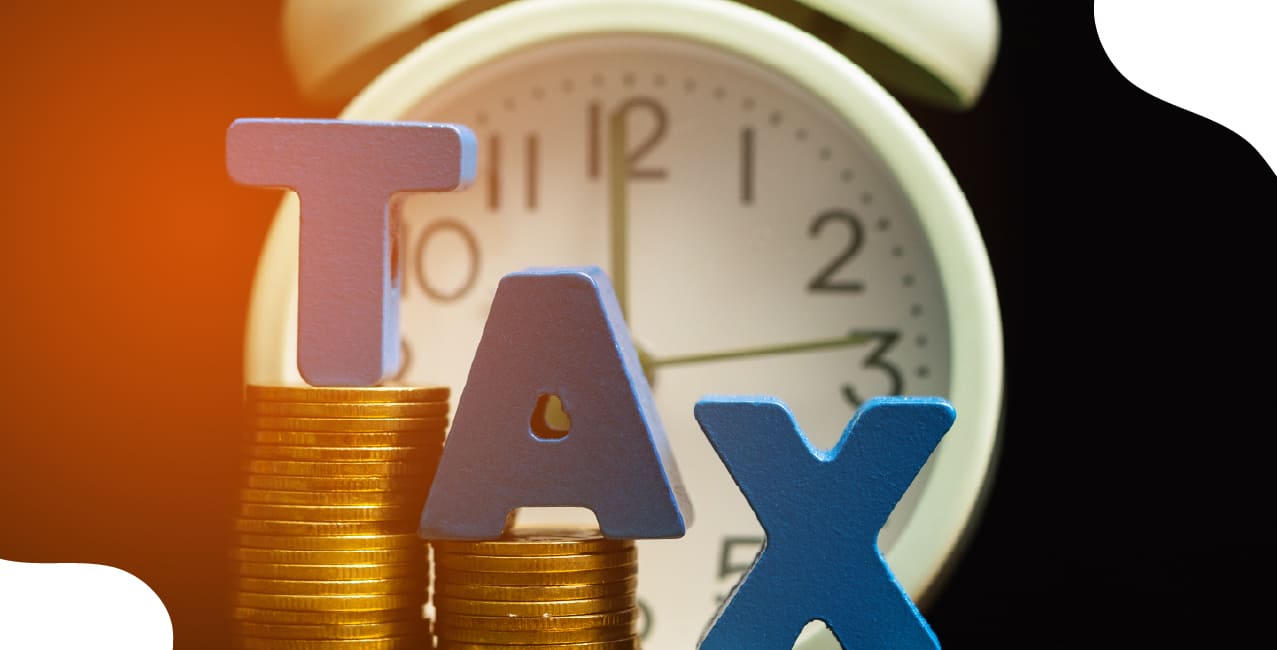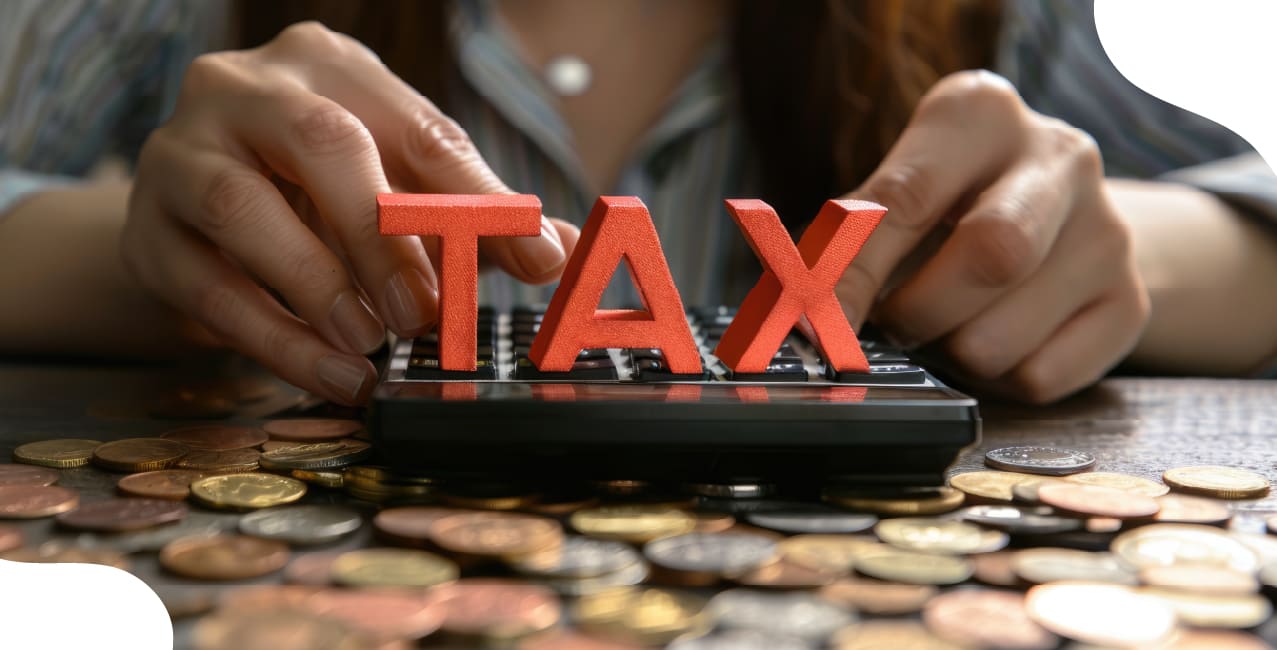
Author
LoansJagat Team
Read Time
6 Min
25 Sep 2025
Section 194S of Income Tax Act – TDS on Virtual Digital Assets
Key Highlights
- Section 194S of Income Tax Act mandates 1% TDS on transfers of Virtual Digital Assets (VDAs).
- If the total VDA payment is not more than ₹50,000 for specified persons and ₹10,000 for others, then no TDS is deducted.
- Deductors must report via Form 26Q / 26QE / 26QF. They must follow deposit, filing, and penalty rules.
Section 194S of Income Tax Act was introduced in the Finance Act 2022. It mandates 1% TDS on the transfer of Virtual Digital Assets (VDAs) like cryptocurrencies and NFTs.
For example, Priya sells Bitcoin worth ₹1,20,000 on an exchange. The buyer must deduct 1% TDS (₹1,200) and deposit it with the government before paying her the balance of ₹1,18,800.
The table below summarises the above example.
It is difficult to track digital asset trades. Section 194S of Income Tax Act comes as a solution for this problem. VDAs are tracked through TDS. This broadens the tax base in India. Let’s know more about Section 194S of Income Tax Act in this blog. We will explore its importance, benefits, due dates and more.
Read More - Section 80E of the Income Tax Act: Complete Guide & Tax Benefits
Importance of Section 194S of Income Tax Act
Do you know India now has over 90,000,000 cryptocurrency owners? This data is roughly 7.1% of the population. This number is the highest number worldwide, and this is why it needs proper regulation.
Section 194S of Income Tax Act covers taxes paid for transactions involved in virtual digital assets (VDAs) such as cryptocurrencies and NFTs. Bringing such a big market under one tax regime is tough, but once done, it brings accountability and transparency.
This breaks the anonymity and cross-border factor of crypto. Now, the Income Tax Department knows, ‘Kisne, Kab aur Kitna payment kara!’
Objectives of Section 194S of Income Tax Act
Section 194S of Income Tax Act was made with several objectives in mind. We have discussed the 3 major in the table given below:
With Section 194S of Income Tax Act, crypto and other VDA trades have become more transparent and accountable. The tax is deducted upfront, which prevents under-reporting.
Do you know that in late 2024, crypto trading volumes in non-metro cities more than doubled quarter-on-quarter to $1.9 billion?
TDS Rate Under Section 194S of Income Tax Act
The standard TDS is applicable. It is levied at a flat 1% of the gross payment made to a resident for any VDAs. If the seller does not have a valid PAN, the TDS rate increases to 20% under Section 206AA (now Section 206AB).
The TDS for non-PAN holders is so high that it allows the Income Tax Department to enforce tax compliance and track financial transactions.
The section is summarised in the table given below.
It is the buyer’s duty to be vigilant and pay the tax under Section 194S of Income Tax Act whenever paying the seller.
For example, a buyer purchases Bitcoin worth ₹2,00,000 from a resident seller.
- If the seller provides PAN, TDS is 1%
- If the seller does not provide PAN, TDS is 20%
The comparison for both cases is given in the table below.
Before purchasing any digital asset, make sure your seller provides PAN details. This can save you an extra 19% TDS, and it will give transparency and accountability to the Income Tax Department.
Exemption Threshold Under Section 194S of Income Tax Act
Not all transfers are subject to TDS deductions. The law is rough, but a pookie too! Here are the exemptions provided and the conditions applied for them:
- Specified persons: An individual or HUF with business turnover up to ₹1,00,00,000 or annual income up to ₹50,00,000 is a “specified person.” For these taxpayers, no TDS is required if their total VDA payments in a year do not exceed ₹50,000.
- Others: For all other payers, the exemption limit is ₹10,000 per year. No TDS is deducted if their aggregate VDA payments to a seller stay below ₹10,000 in a financial year.
The limits are set in a way that small or infrequent retailers are exempted from TDS, and those doing major transactions are taxed.
For example, Ramesh is a freelance graphic designer. His annual income is ₹35,00,000 (below ₹50,00,000). These are his crypto activities:
- Buys Ethereum worth ₹20,000 in April.
- Sells Bitcoin worth ₹25,000 in August.
- Total VDA transactions for FY = ₹45,000.
Since he comes in the ‘other’ category and the total is below the ₹10,000 threshold, there will be no TDS deduction.
If Ramesh crosses ₹50,000 (say total trades = ₹55,000) and annual income is more than ₹50,00,000, then TDS at 1% applies.
So,
TDS = 1% of ₹55,000 = ₹550.
The table below compares both situations
Rameshis is bound to pay TDS if the threshold limit is crossed. If not, he is exempted under section 194S of Income Tax Act.
Deductor Responsibilities & Compliance of Section 194S of Income Tax Act
Section 194S clearly defines who must deduct TDS in different crypto transaction cases. Proper deduction of 1% TDS, deposit, and reporting ensure compliance and prevent penalties.
Buyers, exchangeers, and brokers are responsible for the proper regulation of the tax under section 194S of Income Tax Act. Correct form filing (26Q, 26QE, 26QF) and timely deposits are mandatory to avoid penalties.
Also Read - Section 80EEA of Income Tax Act – Complete Guide to Home Loan Deduction
Due Dates and Penalties Under Section 194S of Income Tax Act
TDS at 1% is just a part of Section 194S of Income Tax Act. This act is mainly about timely deposits, accurate filings, and avoiding costly penalties. Clear timelines help taxpayers and exchanges stay on the right side of the law. The table below gives details on the deadline and penalty.
Pay as per the given deadlines, or you may end up paying more than the initial 1% TDS.
Practical Examples
Here, we have tried to explain 2 scenarios with the help of examples:
- In-kind Swap (VDA for VDA)
Trader A owns BTC worth ₹80,000 and Trader B owns ETH worth ₹80,000.
- Trader A gives BTC to Trader B: Trader B deducts 1% TDS = ₹800 before transfer.
- Trader B gives ETH to Trader A: Trader A deducts 1% TDS = ₹800 before transfer.
So, ₹1,600 total TDS (₹800 each) is deposited with the government. Both transactions are treated as separate taxable events. This collects taxes on both assets.
- Mixed Payment (Cash + VDA)
A crypto purchase totals ₹60,000: ₹40,000 in cash + ₹20,000 in crypto.
- TDS = 1% of ₹60,000 = ₹600 in total.
- If ₹40,000 cash isn’t enough to cover ₹600 TDS, the buyer must either:
- Deduct some tax in crypto value, OR
- Pay an extra ₹600 via advance tax.
This ensures the full ₹600 TDS is collected and deposited before completing the deal.
Conclusion
Section 194S of the Income Tax Act asks all traders to pay 1% TDS on VDAs when making the payment. ‘Special individuals’ with annual income up to ₹50,00,000 and total VDA payments below ₹50,000 are exempted from taxes.
’Others’ just need to make sure that their net VDA payment in a year is less than ₹10,000 to pay 0% tax. This increases compliance responsibilities for buyers, exchanges, and sellers across stakeholders.
FAQs
Are staking or mining rewards covered under Section 194S?
Staking and mining produce income. Section 194S targets transfers, so separate tax treatment often applies.
Can crypto trading losses offset other income under the tax law?
Losses from VDA transactions are treated as capital or business losses. Offset rules depend on classification.
How do cross-border exchanges handle TDS and treaty issues?
Cross-border cases are complex. Resident buyers must deduct, and exchange rate and treaty provisions determine obligations.
How can a seller claim TDS credit
Check Form 26AS, then claim credit in ITR and resolve mismatches with the deductor.
Are free airdrops or token gifts covered under Section 194S
Free transfers without payment are outside 194S but taxable under other income heads.
Does Section 194S apply to payments made to non-residents?s
Section 194S applies to residents only, while non-resident payments fall under Section 195.
Other Related Pages | |||
About the Author

LoansJagat Team
‘Simplify Finance for Everyone.’ This is the common goal of our team, as we try to explain any topic with relatable examples. From personal to business finance, managing EMIs to becoming debt-free, we do extensive research on each and every parameter, so you don’t have to. Scroll up and have a look at what 15+ years of experience in the BFSI sector looks like.

Quick Apply Loan
Subscribe Now
Related Blog Post

LoansJagat Team • 22 Sep 2025
_of_Income_Tax_Act.jpg)
LoansJagat Team • 22 Sep 2025

LoansJagat Team • 22 Sep 2025